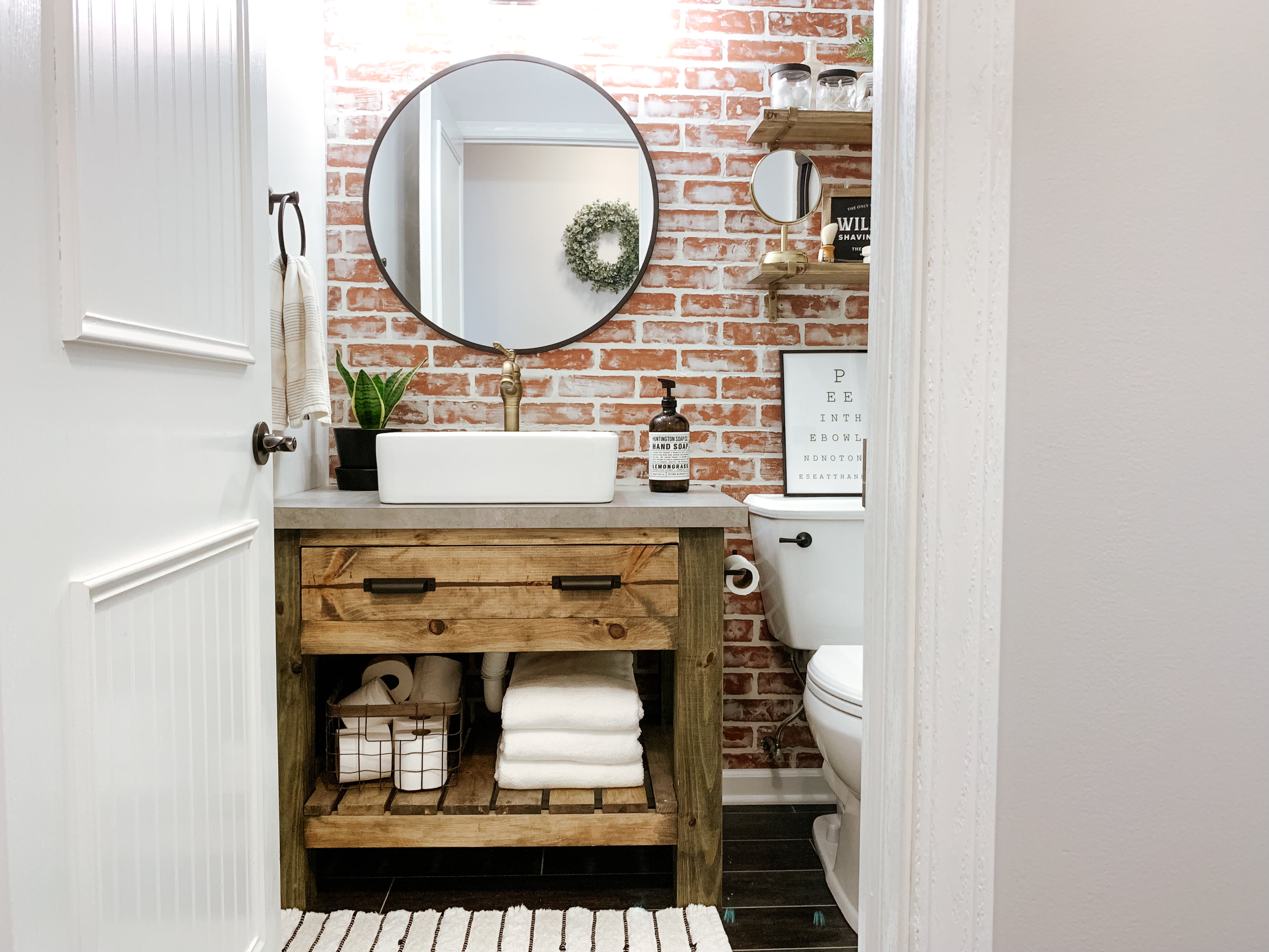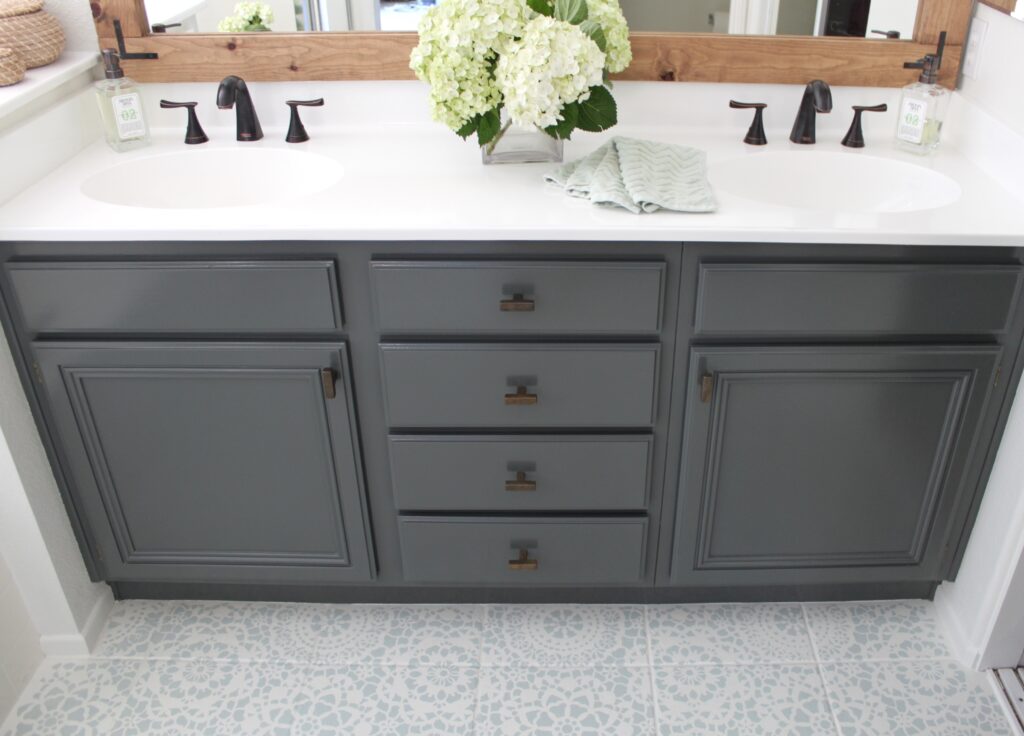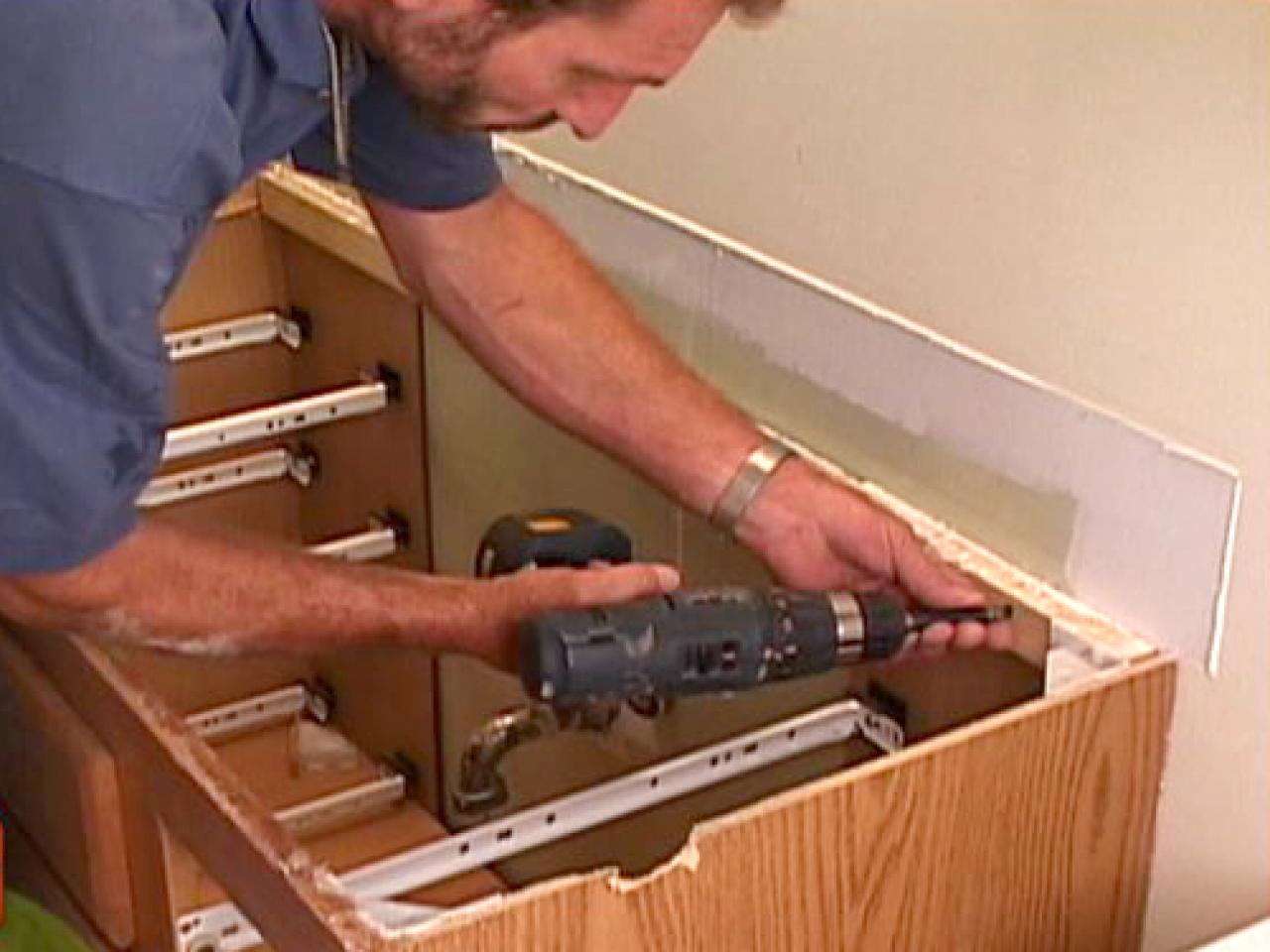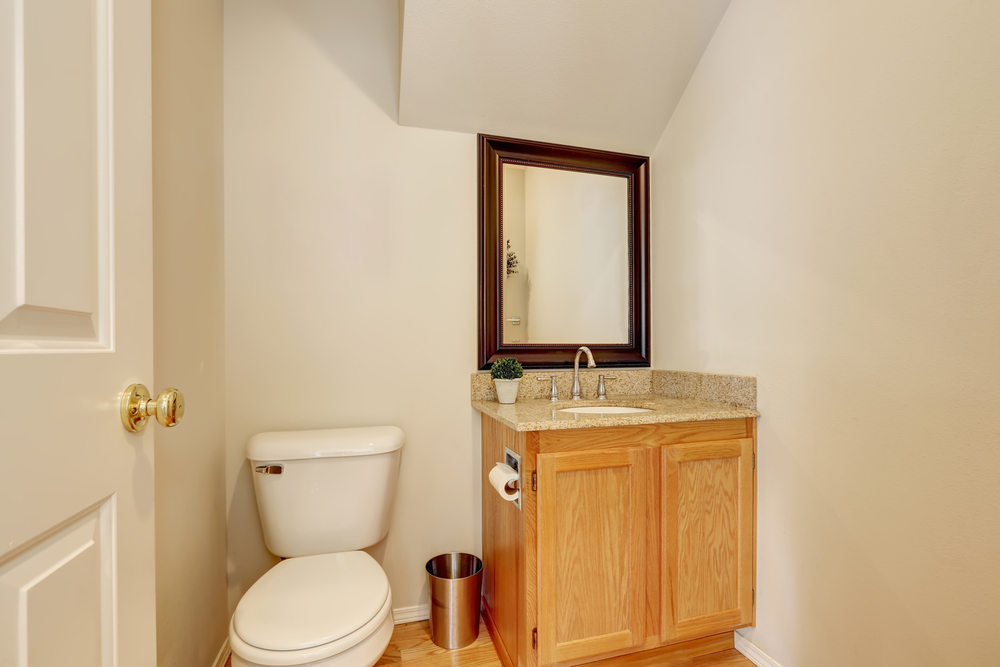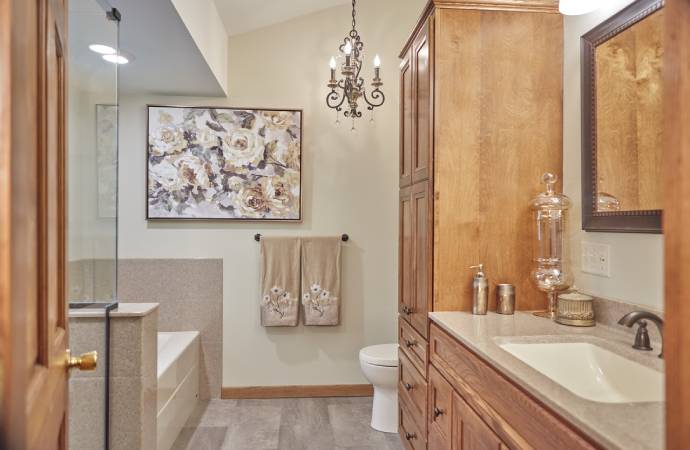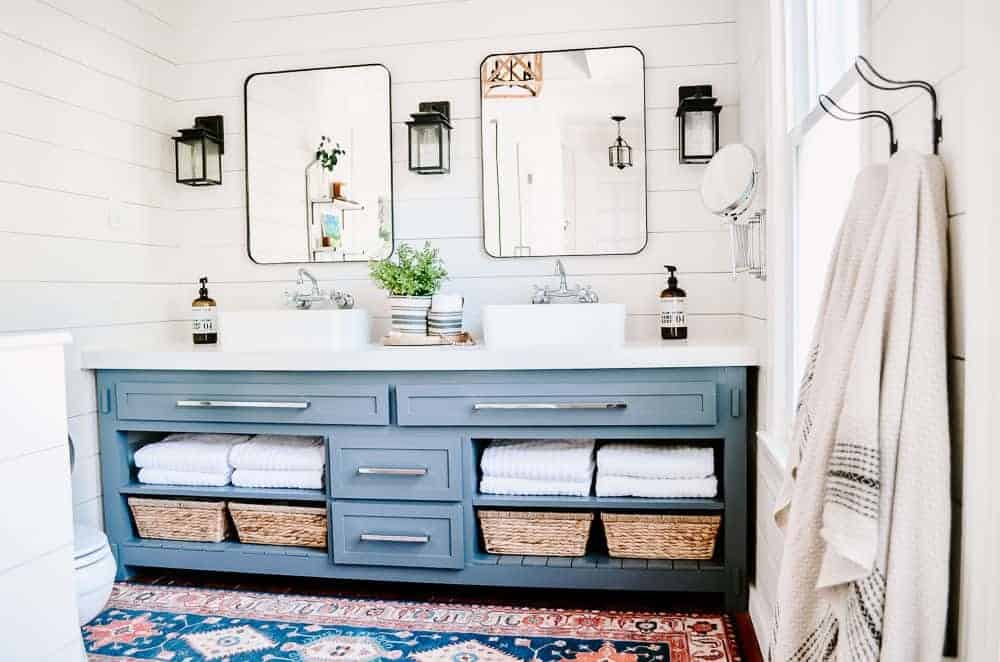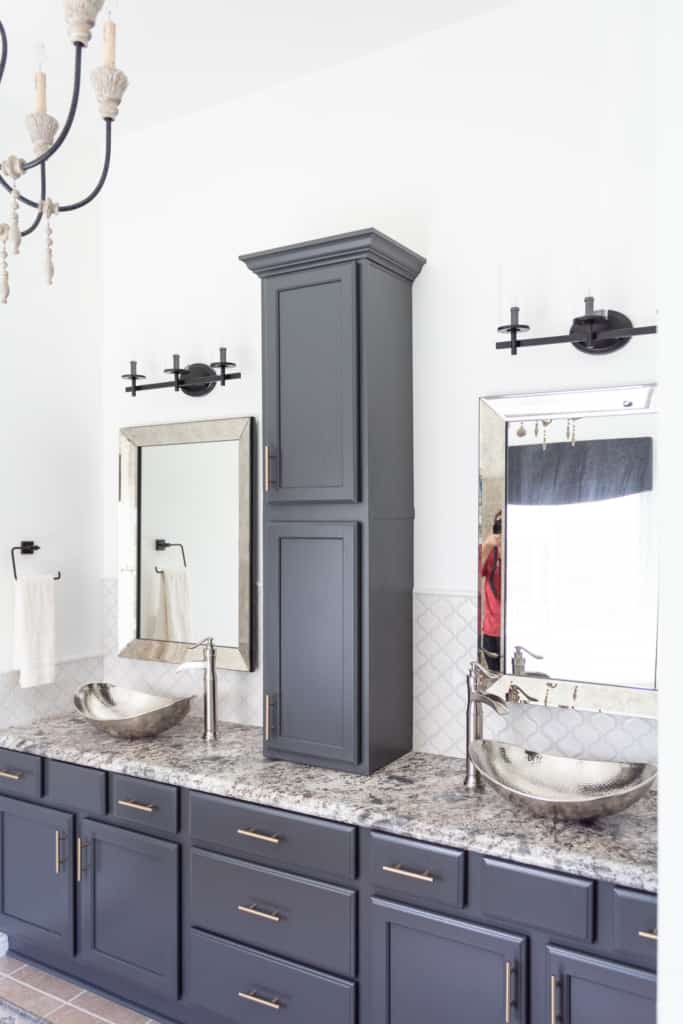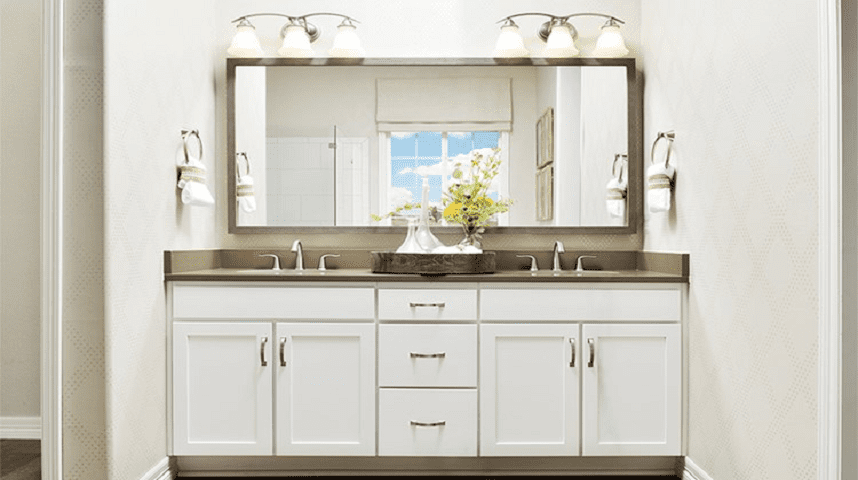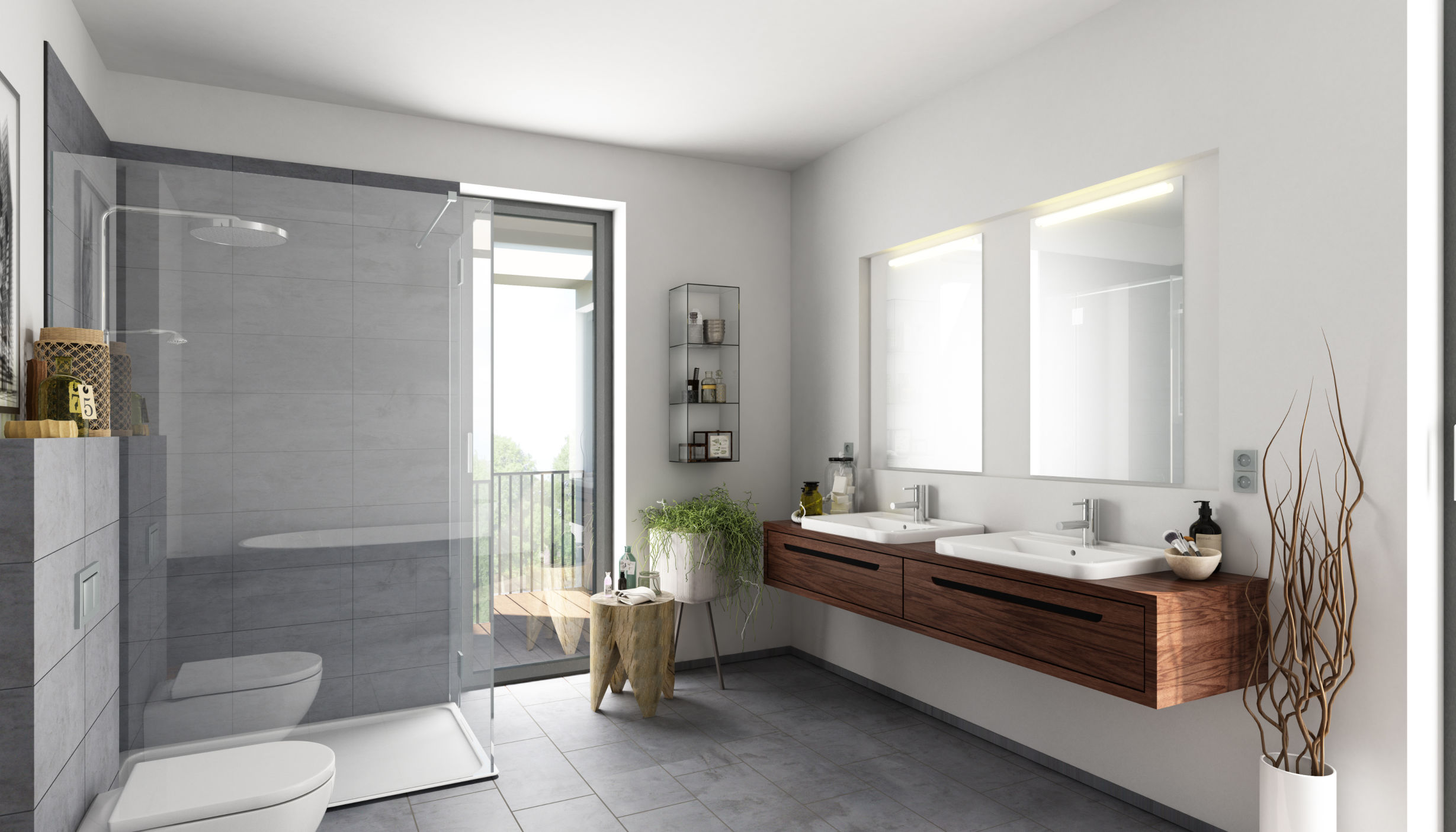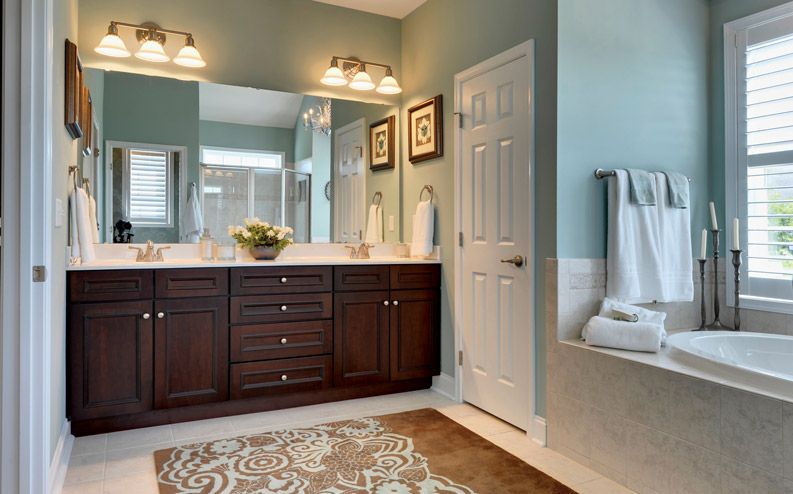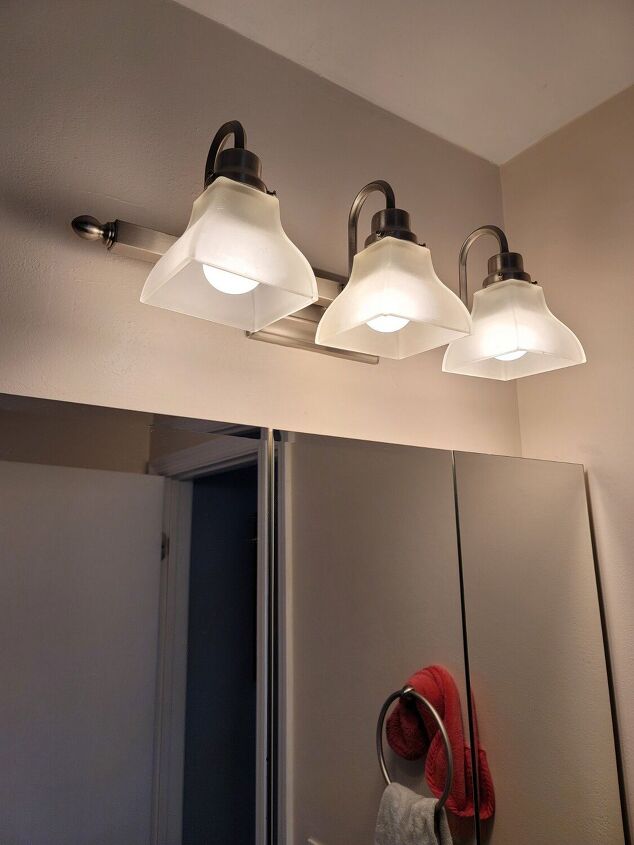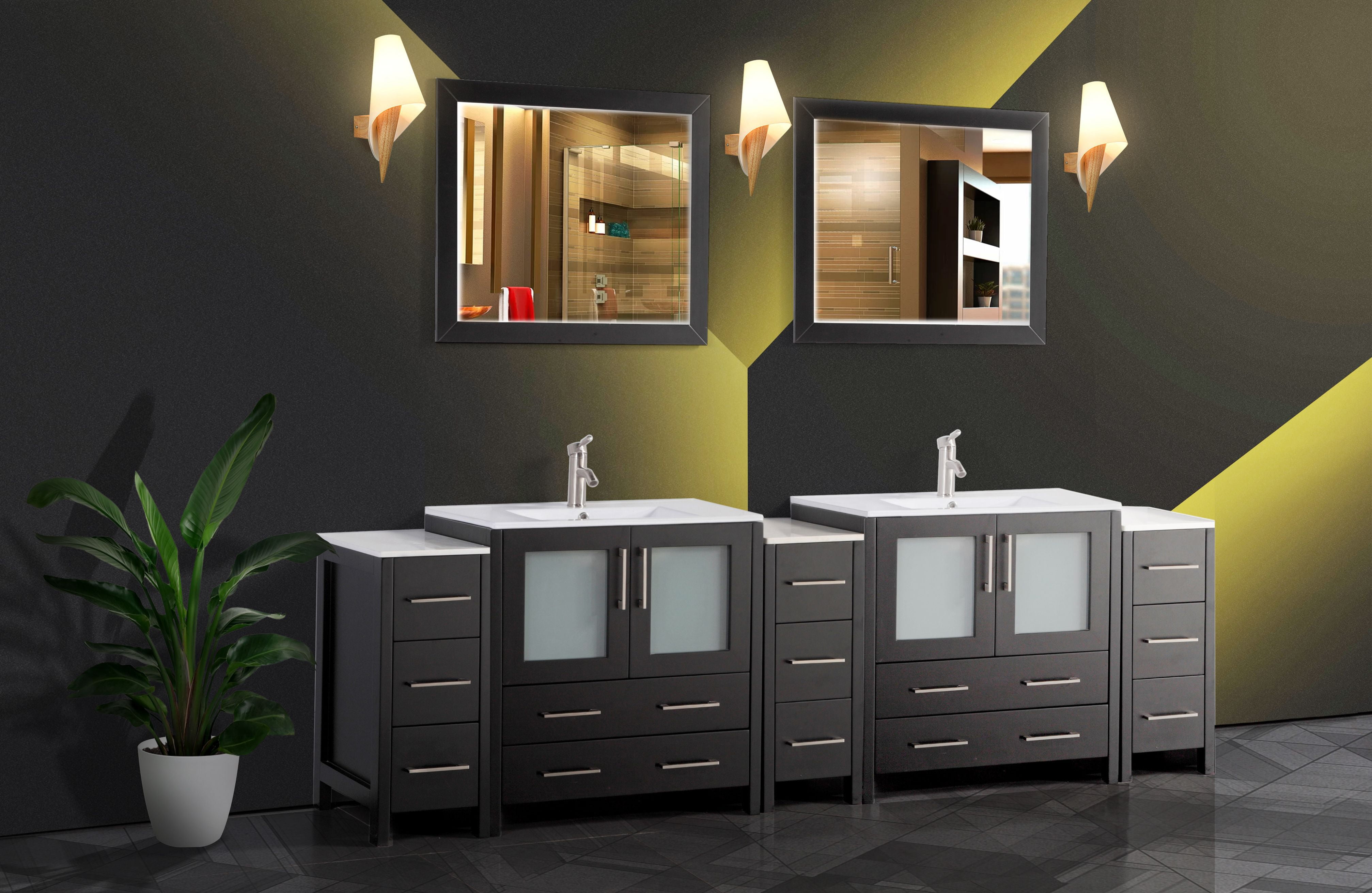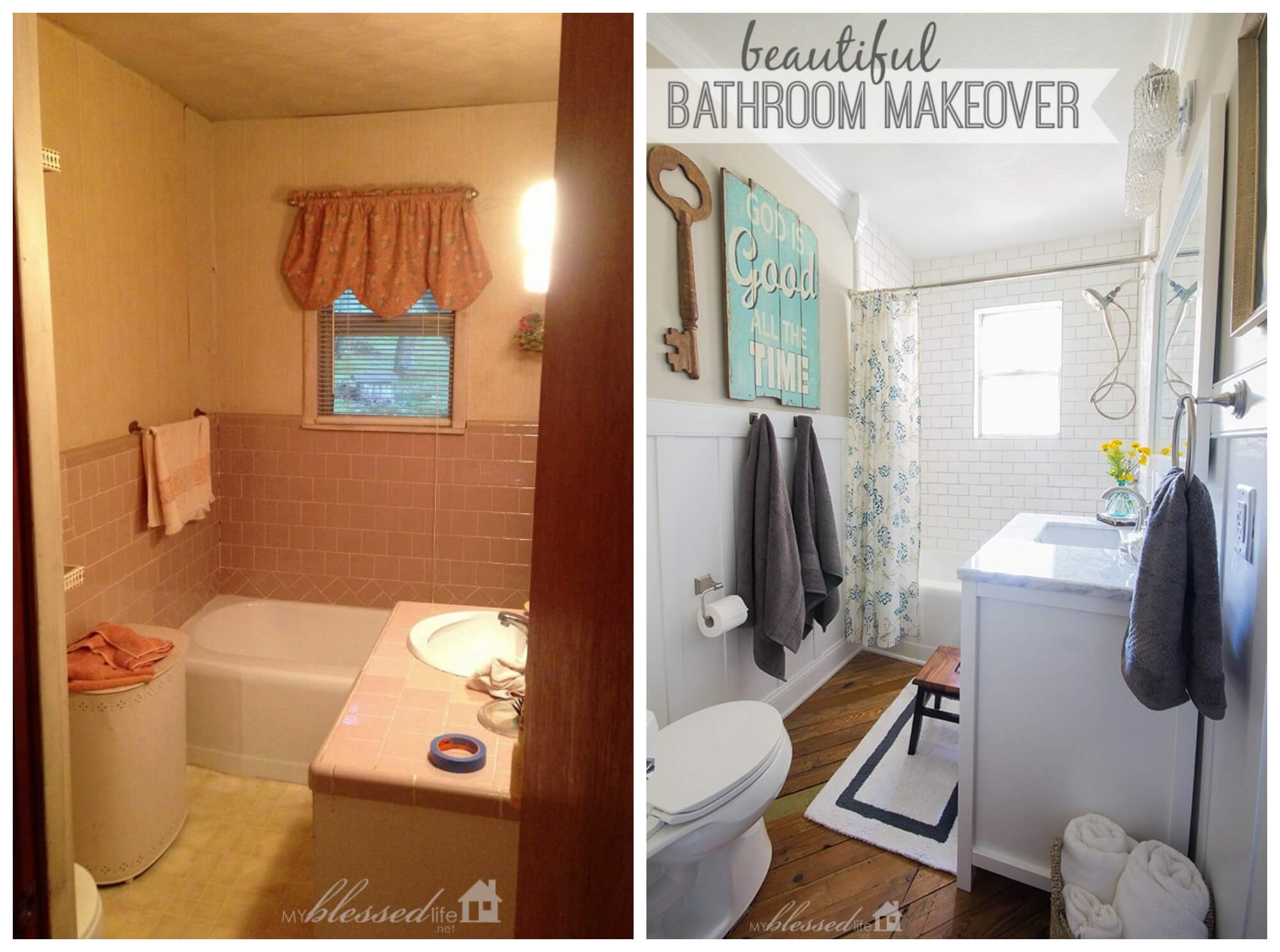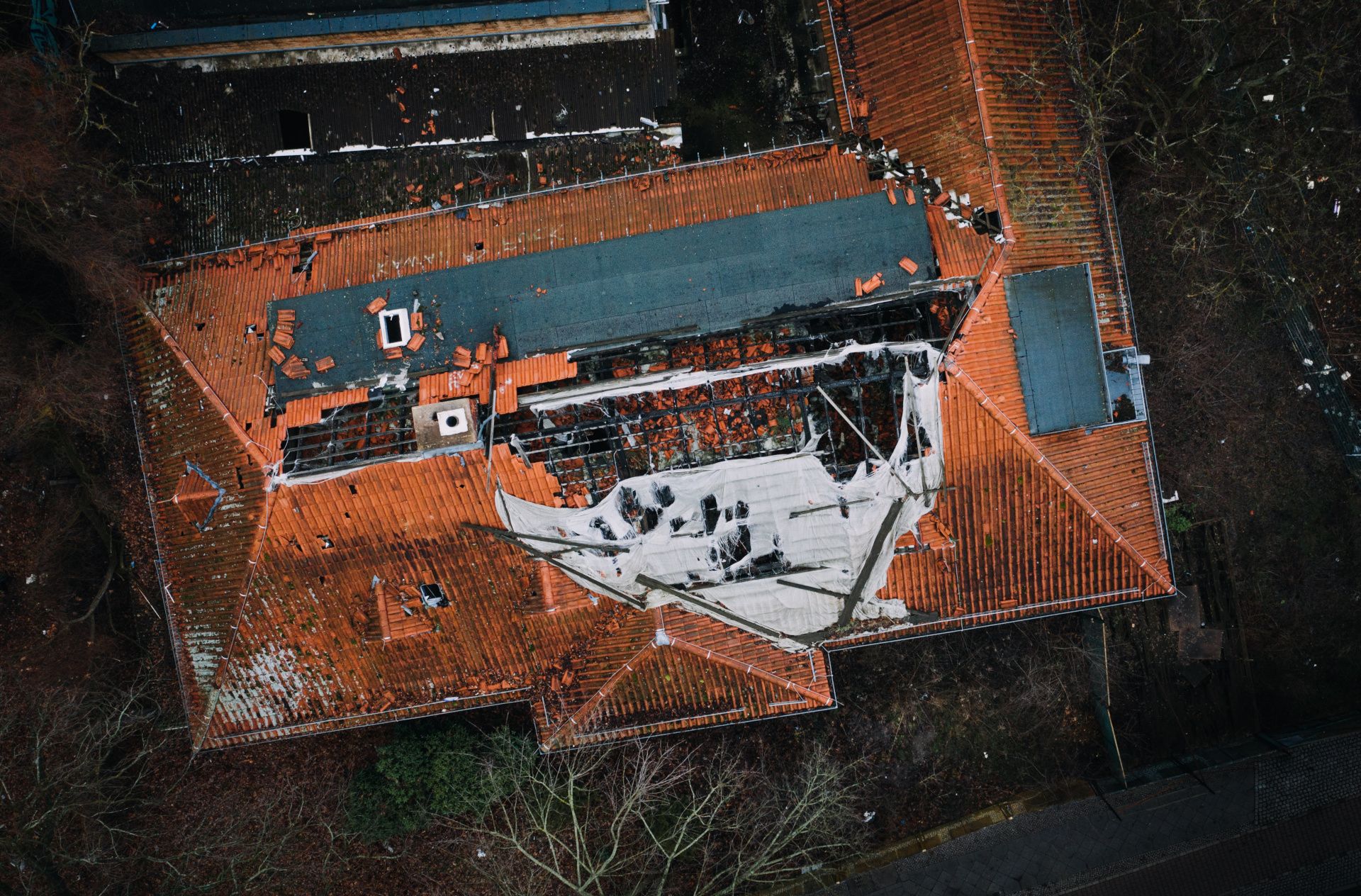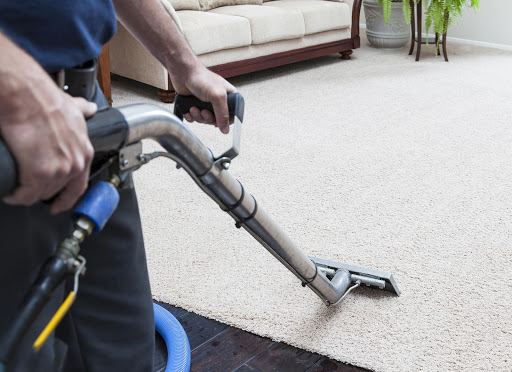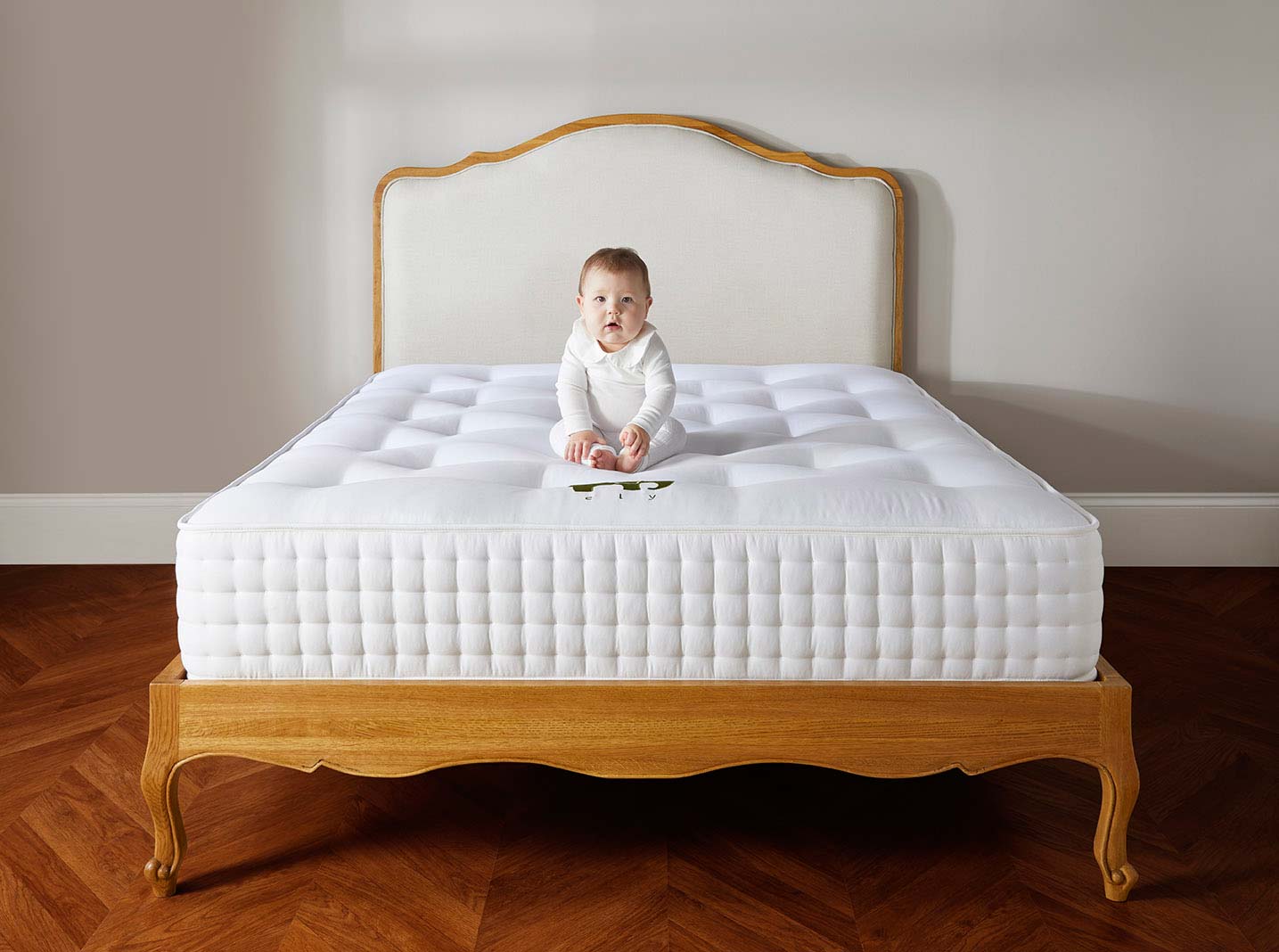How to Install a Bathroom Vanity Cabinet
Are you looking to upgrade your bathroom with a new vanity cabinet? Installing a bathroom cabinet vanity is a great way to add both style and functionality to your bathroom. While the thought of installing a new cabinet may seem daunting, with the right tools and knowledge, it can be a manageable DIY project. Follow our step-by-step guide to learn how to install a bathroom vanity cabinet and transform your bathroom into a beautiful and organized space.
Step-by-Step Guide for Installing a Bathroom Cabinet Vanity
Before you begin, make sure you have all the necessary tools and materials. This includes a drill, level, measuring tape, screws, and the vanity cabinet itself. Once you have everything ready, follow these steps to install your new bathroom cabinet vanity:
Step 1: Remove the old vanity cabinet (if applicable)
If you are replacing an old vanity cabinet, start by removing it from the wall. Turn off the water supply and disconnect any plumbing connections. Use a utility knife to cut through any caulking around the edges of the cabinet. Then, use a screwdriver to remove any screws holding the cabinet in place. Finally, carefully lift the cabinet off the wall and set it aside.
Step 2: Measure and mark the wall
Using a measuring tape, measure the width and height of your new vanity cabinet. Then, mark those measurements on the wall with a pencil. Use a level to ensure your marks are straight and even.
Step 3: Install the vanity cabinet legs (if applicable)
If your vanity cabinet comes with legs, attach them according to the manufacturer's instructions. Use a level to make sure the legs are even and adjust as needed.
Step 4: Drill holes for plumbing and electrical connections
If your vanity cabinet has plumbing or electrical connections, use a drill to create holes in the back of the cabinet where they will be located. Make sure the holes are big enough to accommodate the connections.
Step 5: Mount the cabinet on the wall
With the help of a friend, carefully lift the vanity cabinet and align it with your marked measurements on the wall. Use a drill to secure the cabinet to the wall using screws. Make sure to use wall anchors if necessary.
Step 6: Connect plumbing and electrical
If your vanity cabinet has plumbing and electrical connections, now is the time to connect them. Follow the manufacturer's instructions and use the appropriate tools to make sure everything is connected properly.
Step 7: Install the countertop and sink
If your vanity cabinet comes with a countertop and sink, carefully place them on top of the cabinet. Use a level to make sure they are even and secure them in place with silicone caulk.
Step 8: Install the faucet and hardware
For the finishing touch, install the faucet and any hardware that came with your vanity cabinet. Follow the manufacturer's instructions and use the appropriate tools to make sure everything is securely in place.
DIY Bathroom Cabinet Vanity Installation Tutorial
While it may seem intimidating, installing a bathroom cabinet vanity is a manageable DIY project. Not only will it save you money, but it can also be a rewarding experience to see the transformation of your bathroom. Make sure to carefully follow the steps outlined above and don't hesitate to ask for help if needed.
Essential Tools for Installing a Bathroom Cabinet Vanity
Having the right tools is essential for a successful bathroom cabinet vanity installation. Here are some of the tools you will need:
Drill
A drill will be necessary for attaching the vanity cabinet to the wall and making any necessary holes for plumbing and electrical connections.
Level
A level will help ensure your vanity cabinet is straight and even, creating a professional and polished look.
Measuring tape
Accurate measurements are crucial when installing a vanity cabinet. Make sure to have a measuring tape on hand to get the right dimensions for your space.
Screws
Choose the appropriate screws for your vanity cabinet and make sure to use wall anchors if necessary.
Utility knife
A utility knife will come in handy for cutting through any caulking around the old vanity cabinet.
Tips for a Successful Bathroom Cabinet Vanity Installation
Here are some tips to keep in mind when installing a bathroom cabinet vanity:
Plan and measure carefully
Make sure to measure your space accurately and plan out the placement of your vanity cabinet before beginning the installation process.
Use a level
Using a level will ensure your vanity cabinet is straight and even, creating a professional and polished look.
Get help if needed
Don't hesitate to ask for help if you are unsure about any steps or if the vanity cabinet is too heavy to lift on your own.
Common Mistakes to Avoid When Installing a Bathroom Vanity Cabinet
Here are some common mistakes to avoid when installing a bathroom vanity cabinet:
Not measuring accurately
Accurate measurements are crucial for a successful installation. Make sure to measure your space multiple times to avoid any errors.
Not using a level
Skipping the step of using a level can result in a crooked and unprofessional-looking vanity cabinet.
Not securing the cabinet properly
Make sure to use the appropriate screws and wall anchors to securely attach the cabinet to the wall. This will prevent any accidents or damage in the future.
Choosing the Right Bathroom Cabinet Vanity for Your Space
When it comes to choosing a bathroom cabinet vanity, there are many options to consider. Here are some factors to keep in mind:
Size
Make sure to choose a vanity cabinet that fits comfortably in your space without overcrowding it.
Style
Consider the overall style of your bathroom and choose a vanity cabinet that complements it. You can opt for a modern, traditional, or rustic look, depending on your personal preference.
Storage
Think about your storage needs and choose a vanity cabinet with enough drawers and shelves to suit your needs.
Budget-Friendly Options for Installing a Bathroom Cabinet Vanity
If you're on a budget, there are still options for installing a stylish and functional bathroom cabinet vanity. Consider shopping at discount home improvement stores or looking for secondhand options online. You can also save money by doing the installation yourself.
Professional vs. DIY: Which is the Best Option for Installing a Bathroom Cabinet Vanity?
Deciding between hiring a professional or doing the installation yourself depends on your budget, skill level, and time constraints. If you have the necessary tools and experience with DIY projects, it can be a cost-effective option to do the installation yourself. However, if you're unsure about any steps or don't have the time or tools, hiring a professional can ensure a successful and stress-free installation process.
How to Measure and Plan for Installing a Bathroom Cabinet Vanity
Before starting the installation process, it's important to measure your space and plan out the placement of your vanity cabinet. Here are some tips:
Measure twice
Make sure to measure your space accurately and double-check your measurements to avoid any mistakes.
Consider plumbing and electrical connections
If your vanity cabinet has plumbing or electrical connections, make sure to plan for them in your measurements and placement.
Plan for enough space
Make sure to leave enough space around the vanity cabinet for easy access and movement in the bathroom.
With the right tools, knowledge, and planning, installing a bathroom cabinet vanity can be a manageable and rewarding DIY project. Follow our step-by-step guide and tips for a successful and stress-free installation process. Remember to take your time and don't hesitate to ask for help if needed. Soon enough, you'll have a beautiful and organized bathroom with a new vanity cabinet as the centerpiece.
Why Installing a Bathroom Cabinet Vanity is Essential for Your House Design

Maximizing Storage Space
 When it comes to designing a bathroom, one of the most important considerations is storage space. A cluttered and disorganized bathroom not only looks unappealing, but it can also make it difficult to find and access necessary items. This is where a bathroom cabinet vanity comes in.
Not only does it provide a designated space for storing toiletries, towels, and other bathroom essentials, but it also helps to keep them organized and easily accessible.
With various sizes and designs available, you can choose a bathroom cabinet vanity that fits your specific storage needs and complements the overall design of your bathroom.
When it comes to designing a bathroom, one of the most important considerations is storage space. A cluttered and disorganized bathroom not only looks unappealing, but it can also make it difficult to find and access necessary items. This is where a bathroom cabinet vanity comes in.
Not only does it provide a designated space for storing toiletries, towels, and other bathroom essentials, but it also helps to keep them organized and easily accessible.
With various sizes and designs available, you can choose a bathroom cabinet vanity that fits your specific storage needs and complements the overall design of your bathroom.
Enhancing Aesthetics
 Apart from practicality,
a bathroom cabinet vanity can also add a touch of elegance and sophistication to your bathroom design.
With different styles, materials, and finishes available, you can choose a bathroom cabinet vanity that complements the overall aesthetic of your bathroom. A sleek and modern vanity can add a contemporary touch, while a more traditional one can give a classic and timeless feel.
By choosing the right bathroom cabinet vanity, you can elevate the look and feel of your bathroom and make it a more inviting and comfortable space.
Apart from practicality,
a bathroom cabinet vanity can also add a touch of elegance and sophistication to your bathroom design.
With different styles, materials, and finishes available, you can choose a bathroom cabinet vanity that complements the overall aesthetic of your bathroom. A sleek and modern vanity can add a contemporary touch, while a more traditional one can give a classic and timeless feel.
By choosing the right bathroom cabinet vanity, you can elevate the look and feel of your bathroom and make it a more inviting and comfortable space.
Increase Property Value
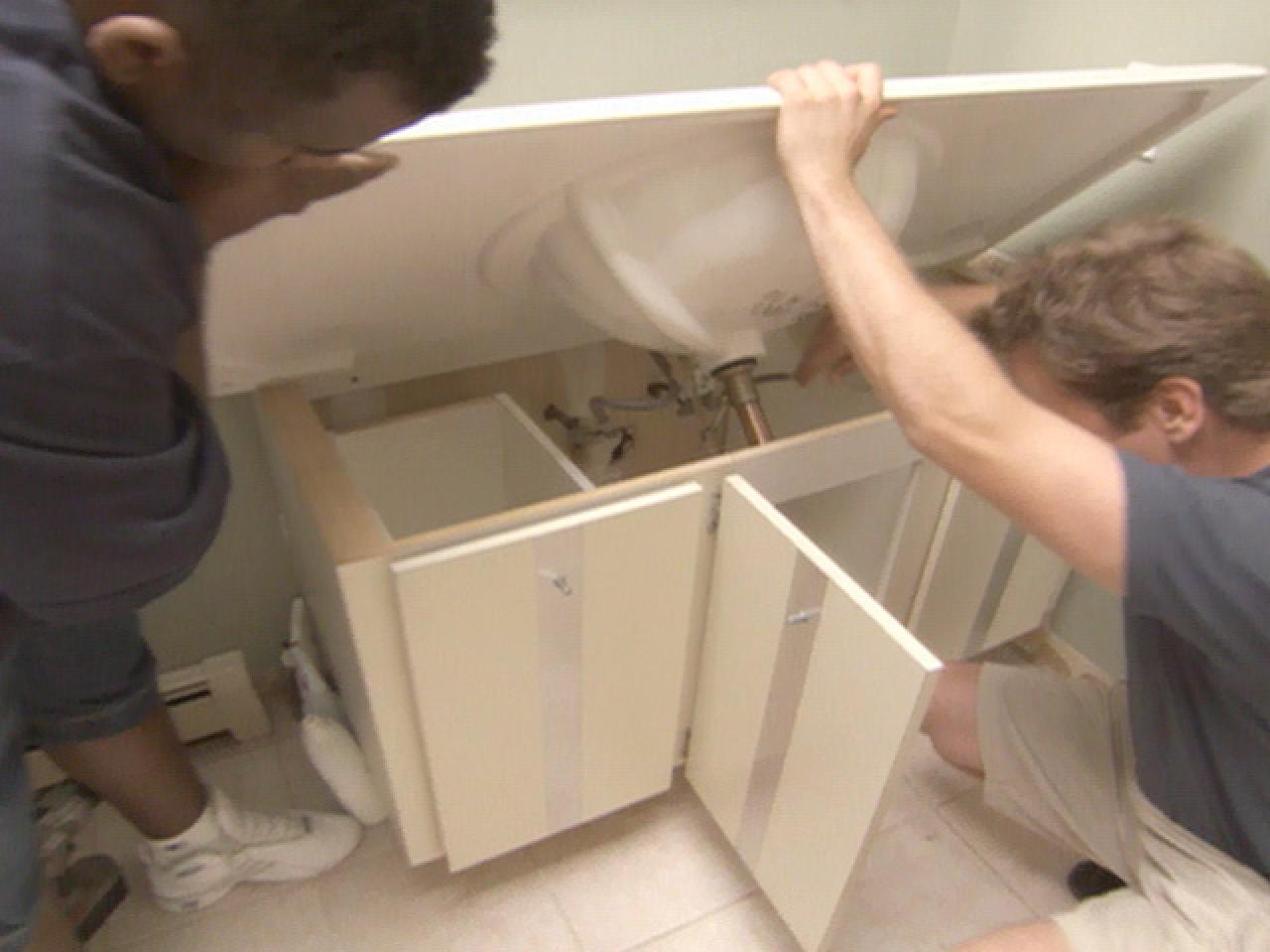 Investing in a bathroom cabinet vanity not only improves the functionality and appearance of your bathroom, but it can also increase the value of your property.
A well-designed and well-maintained bathroom is a major selling point for potential buyers and can significantly impact the overall value of your house.
By installing a bathroom cabinet vanity, you are not only improving your own living space but also adding value to your property in the long run.
Investing in a bathroom cabinet vanity not only improves the functionality and appearance of your bathroom, but it can also increase the value of your property.
A well-designed and well-maintained bathroom is a major selling point for potential buyers and can significantly impact the overall value of your house.
By installing a bathroom cabinet vanity, you are not only improving your own living space but also adding value to your property in the long run.

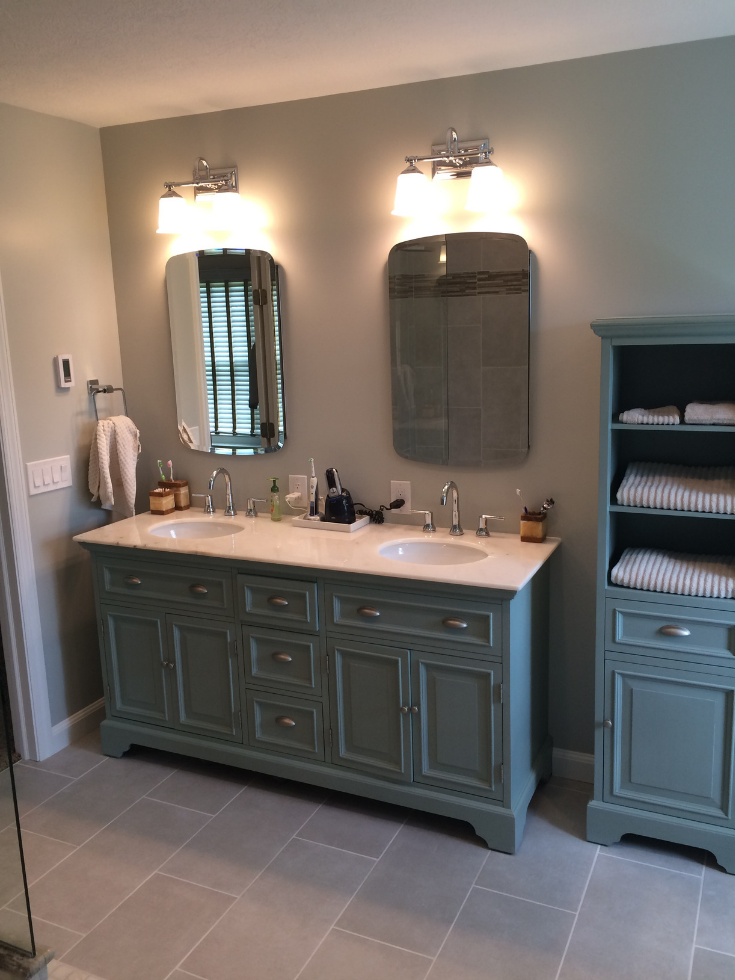



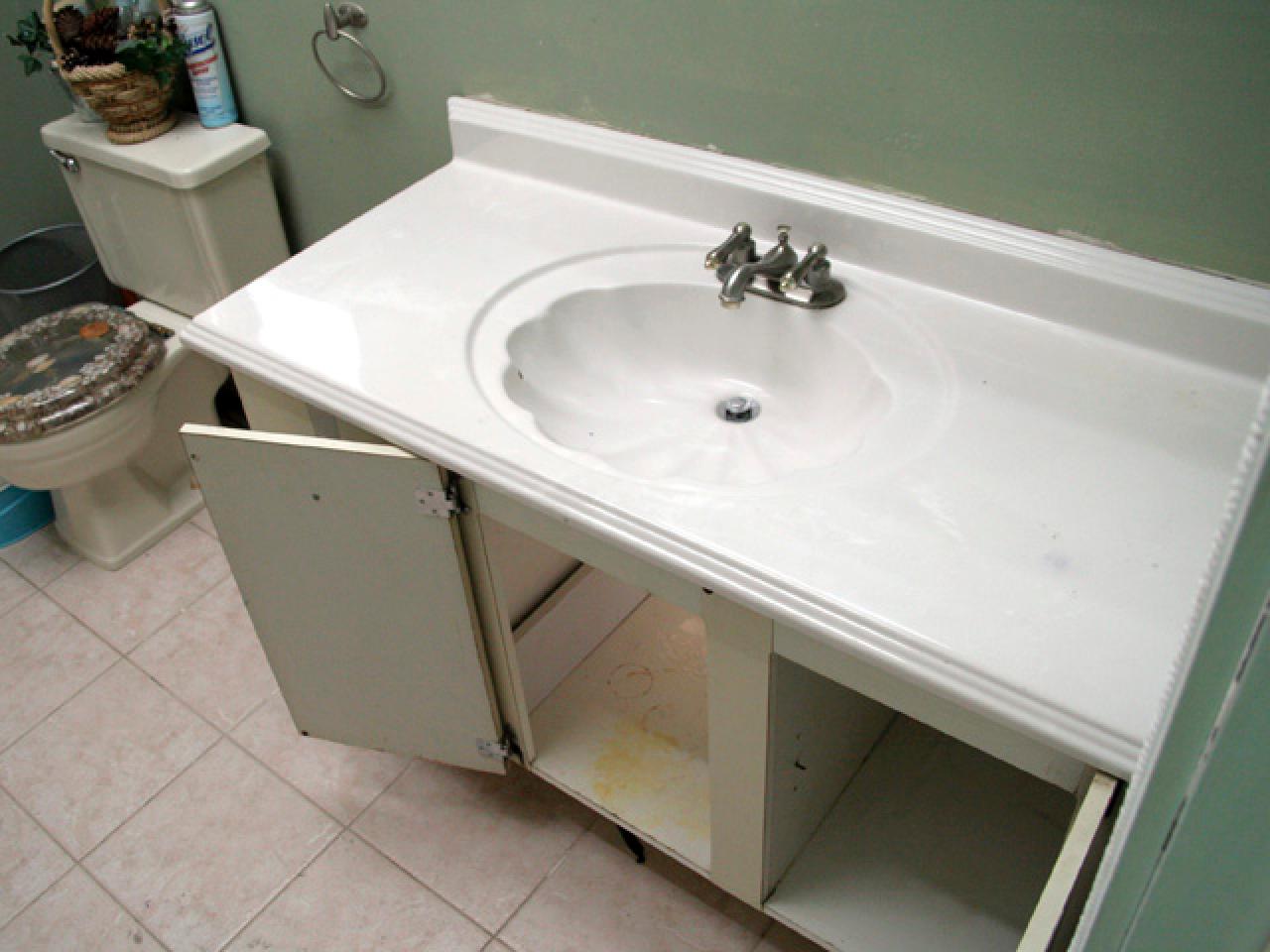

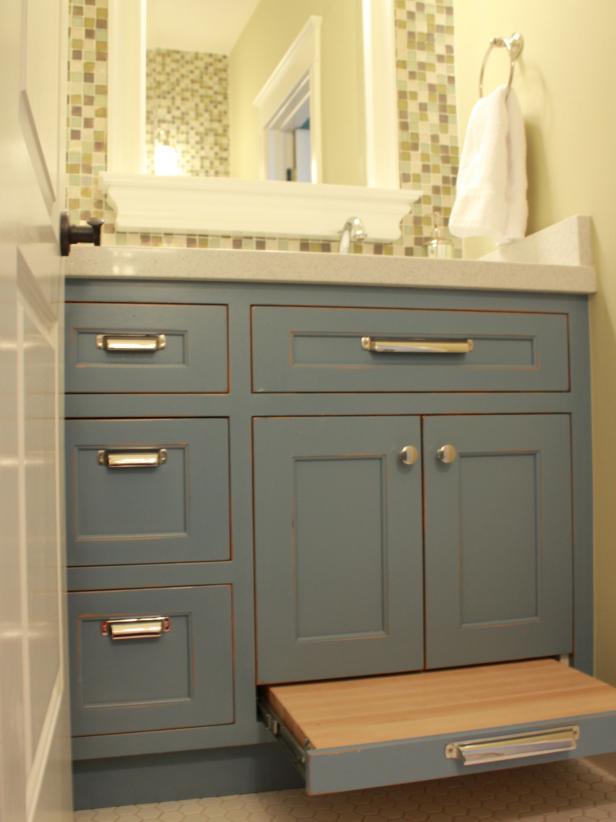

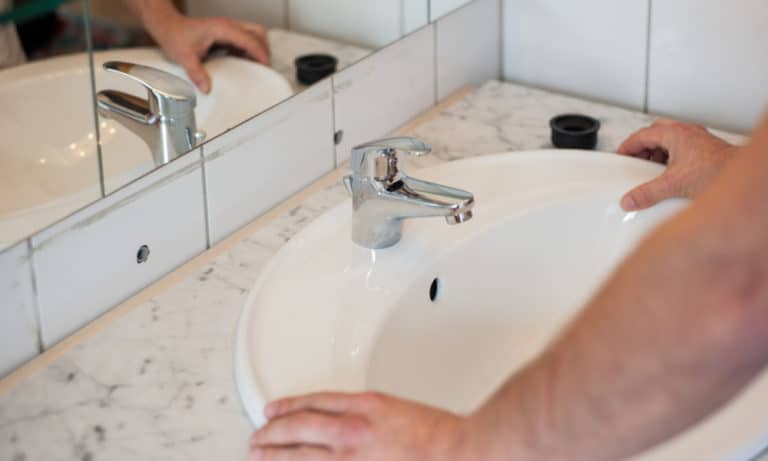




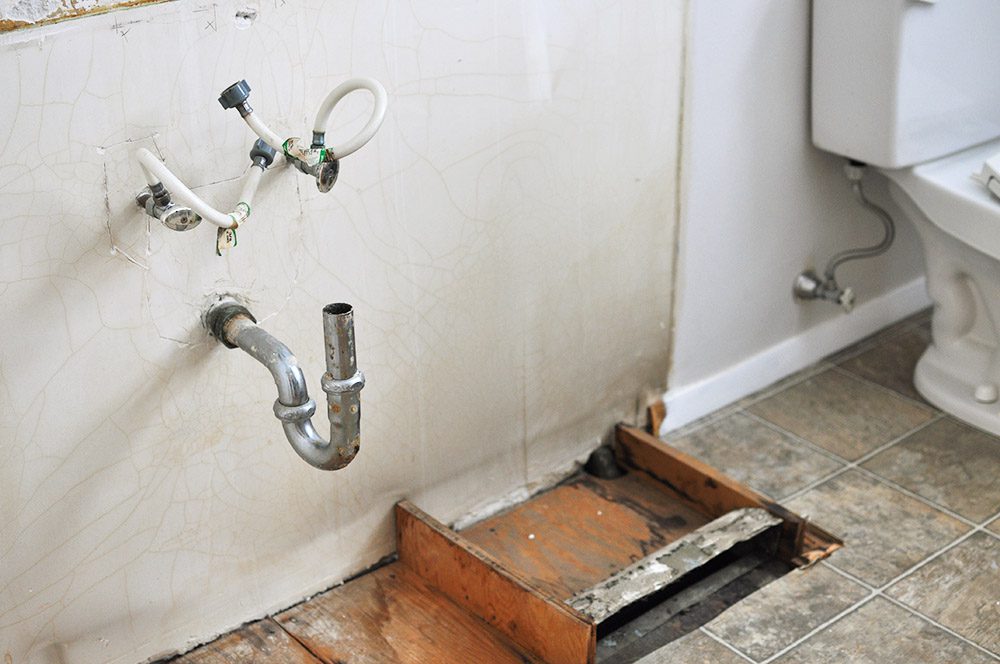

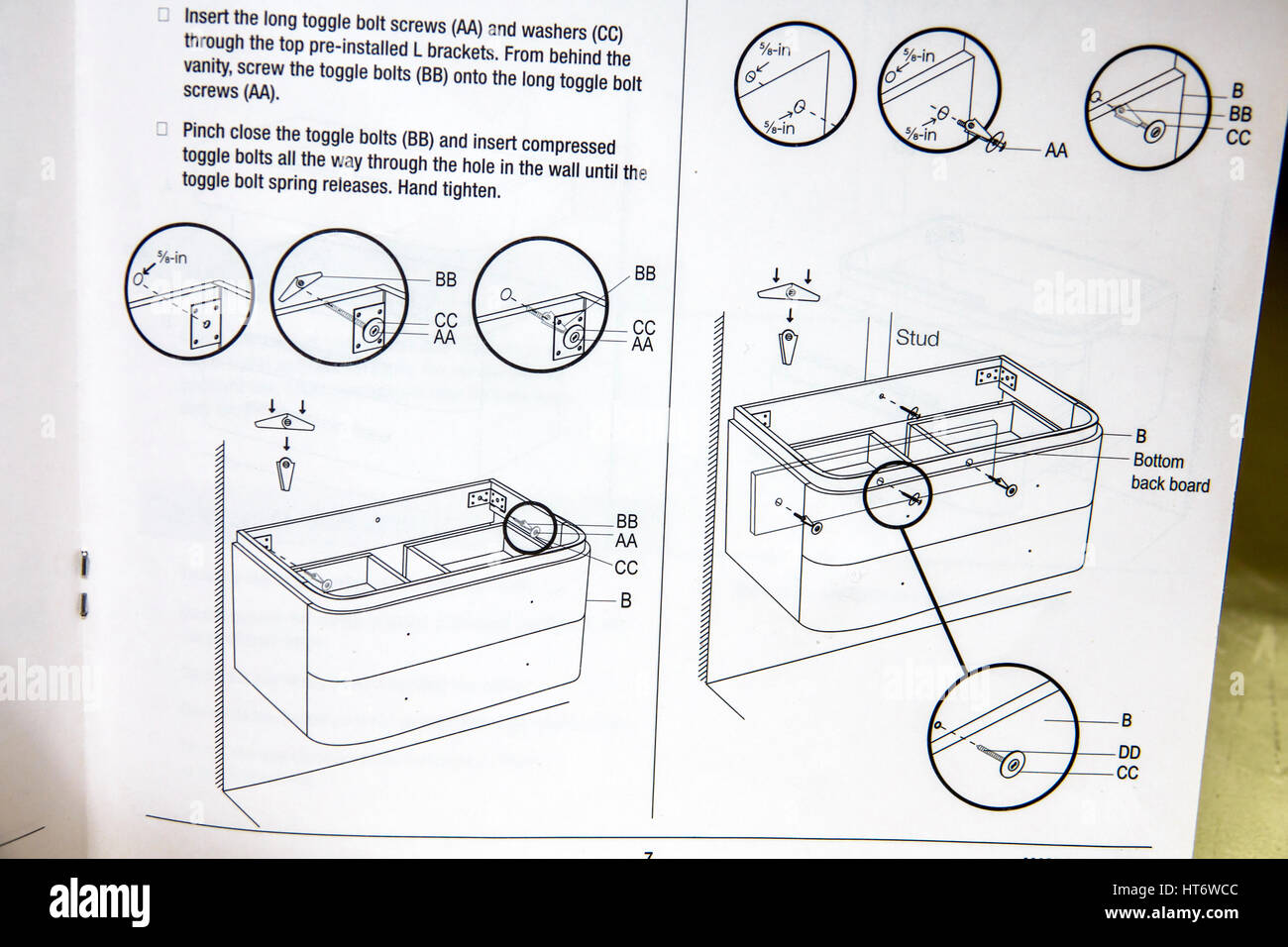



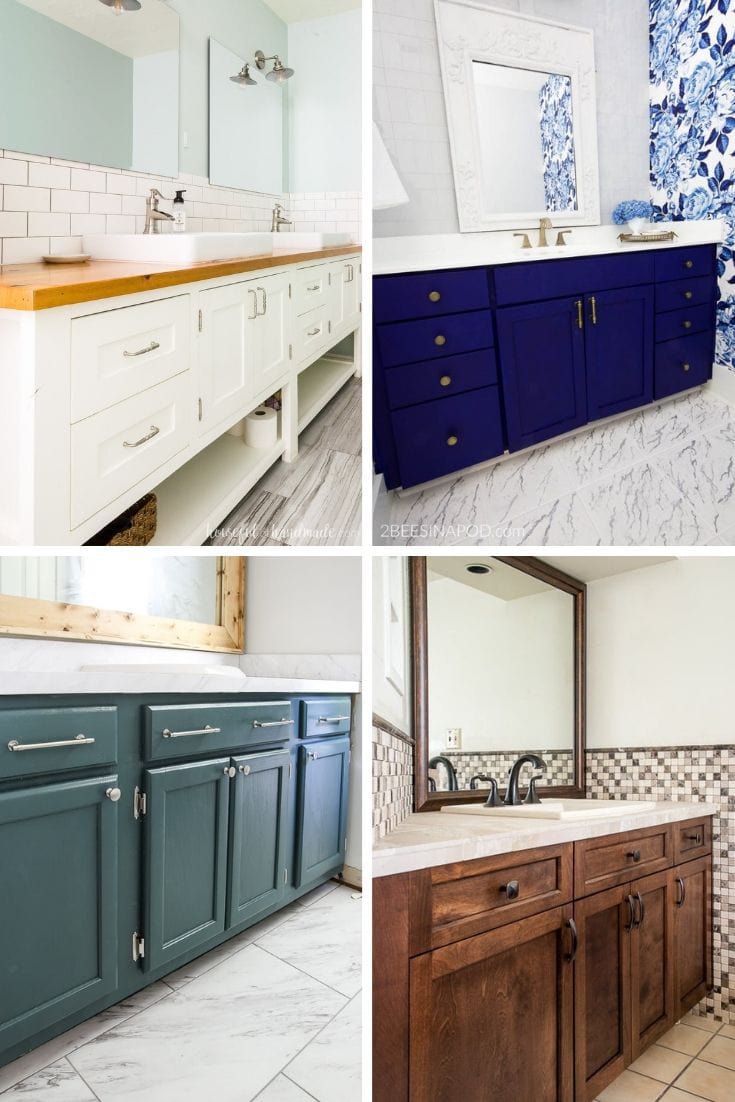



:max_bytes(150000):strip_icc()/build-something-diy-vanity-594402125f9b58d58ae21158.jpg)
/cherry-diy-bathroom-vanity-594414da5f9b58d58a099a36.jpg)
